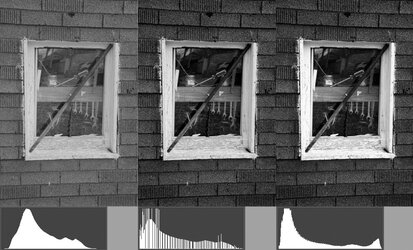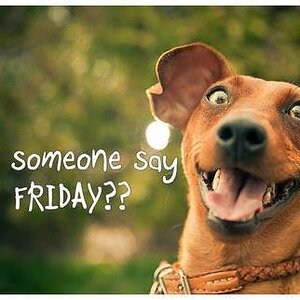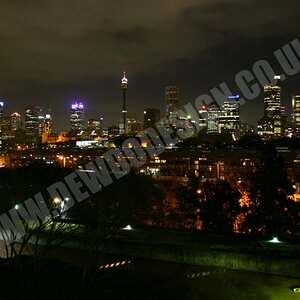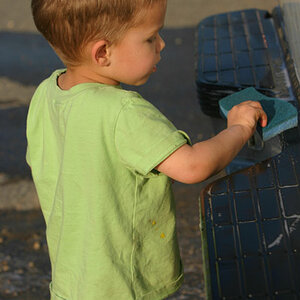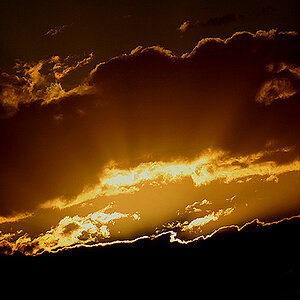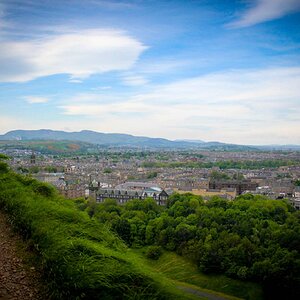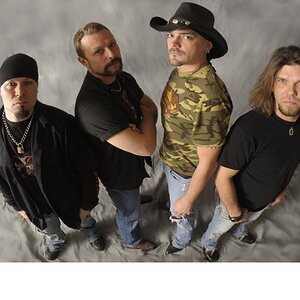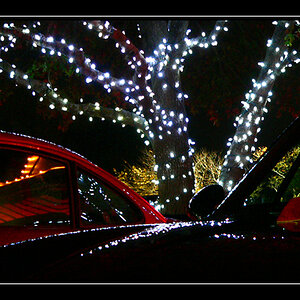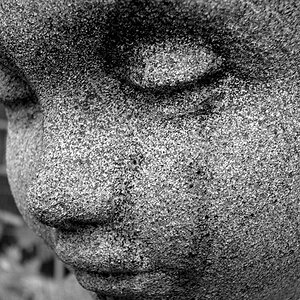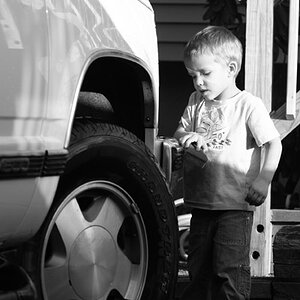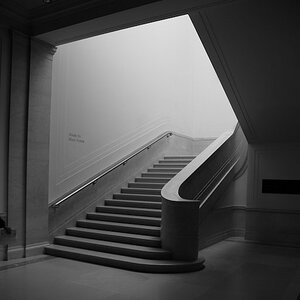Derrel
Mr. Rain Cloud
- Joined
- Jul 23, 2009
- Messages
- 48,225
- Reaction score
- 18,941
- Location
- USA
- Website
- www.pbase.com
- Can others edit my Photos
- Photos OK to edit
There really isn't any way of increasing midrange tones in bw is there? kind of trying to understand this. I thought maybe if I adjust the white balance toward one side and then use a tint in post I would increase tones. But that really doesn't increase tones because I started with gray I will end up with gray. Just a different look of the grayscale. Thought of maybe a filter, but that would again change all the tones.
you cant really increase tones just bring them more to the front or make what is there more contrast right? Because if you slide to one side of the scale, you drop of the other side, you slide the other way you decrease on the far side. so you never actually increase tones but just try to find the center of the gray scale if you want the most midrange?
Clarity slider. Tone curve adjustment.
A great method that I and many other people use is to apply Unsharp Mask at a small percentage, like 10 to 18%, and then a ridiculosly high 150-250 pixels, at a threshold of precisely ZERO. Yes, you read that correctly: try 10 Percent, 150 pixels, Threshold 0. This will greatly boost local contrast. If it's too much, apply Fade>Unsharp Mask>40%. You can also apply the above settings, Fade to 40%, and then RE-APPLY the same settings, and Fade to whatever looks good.


